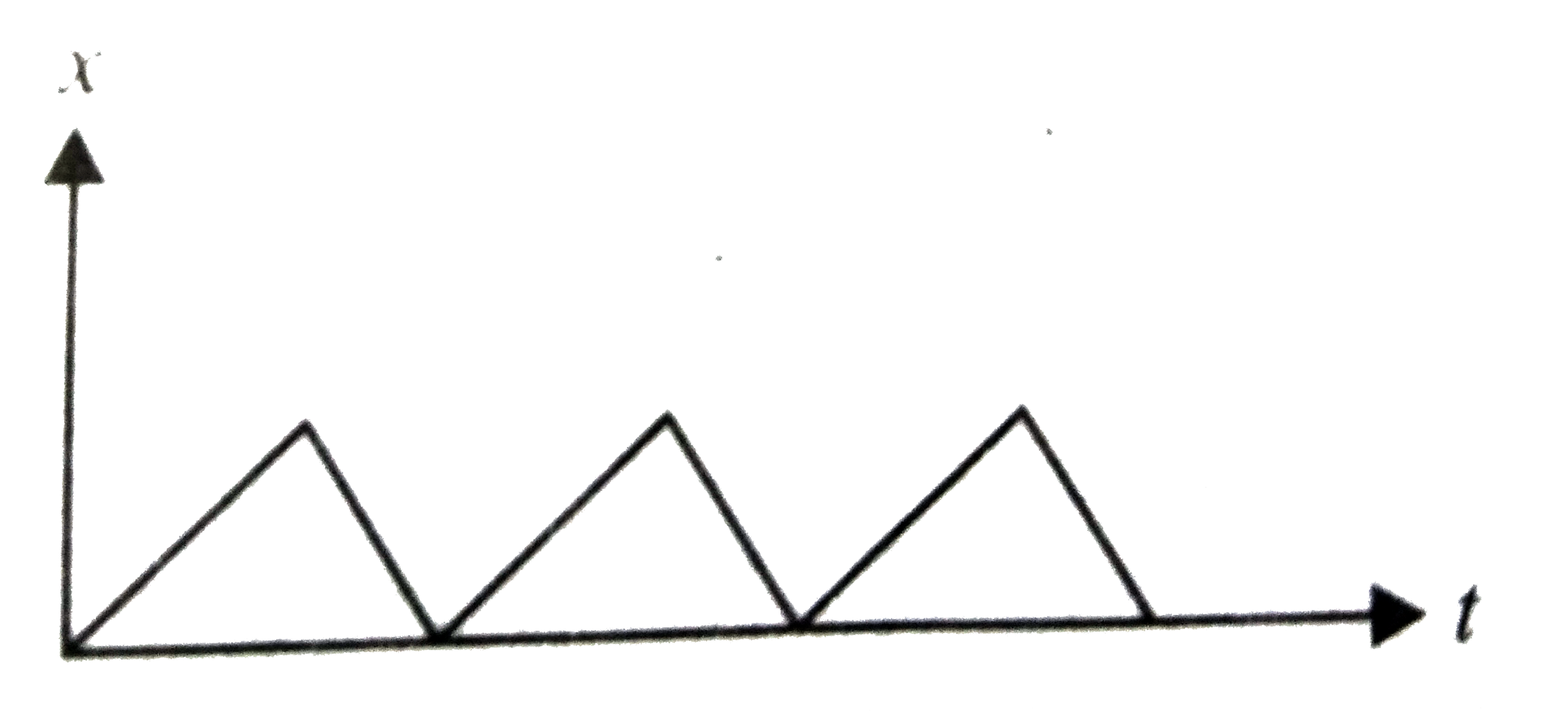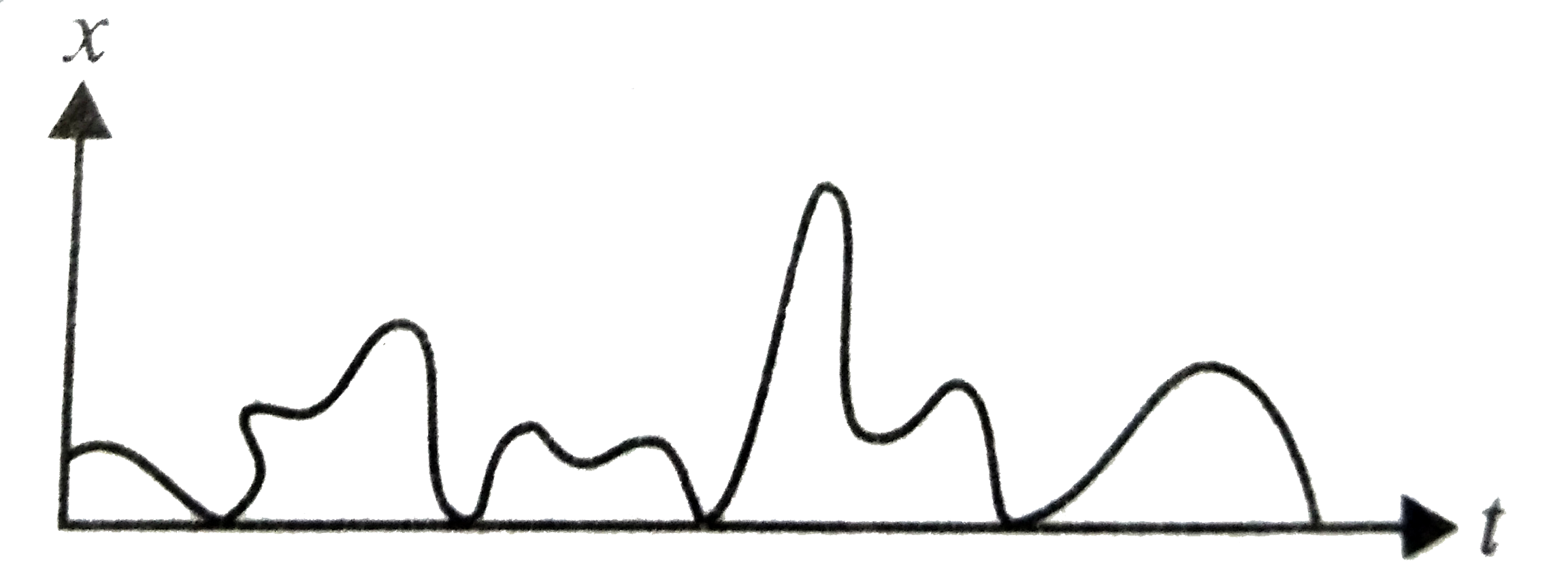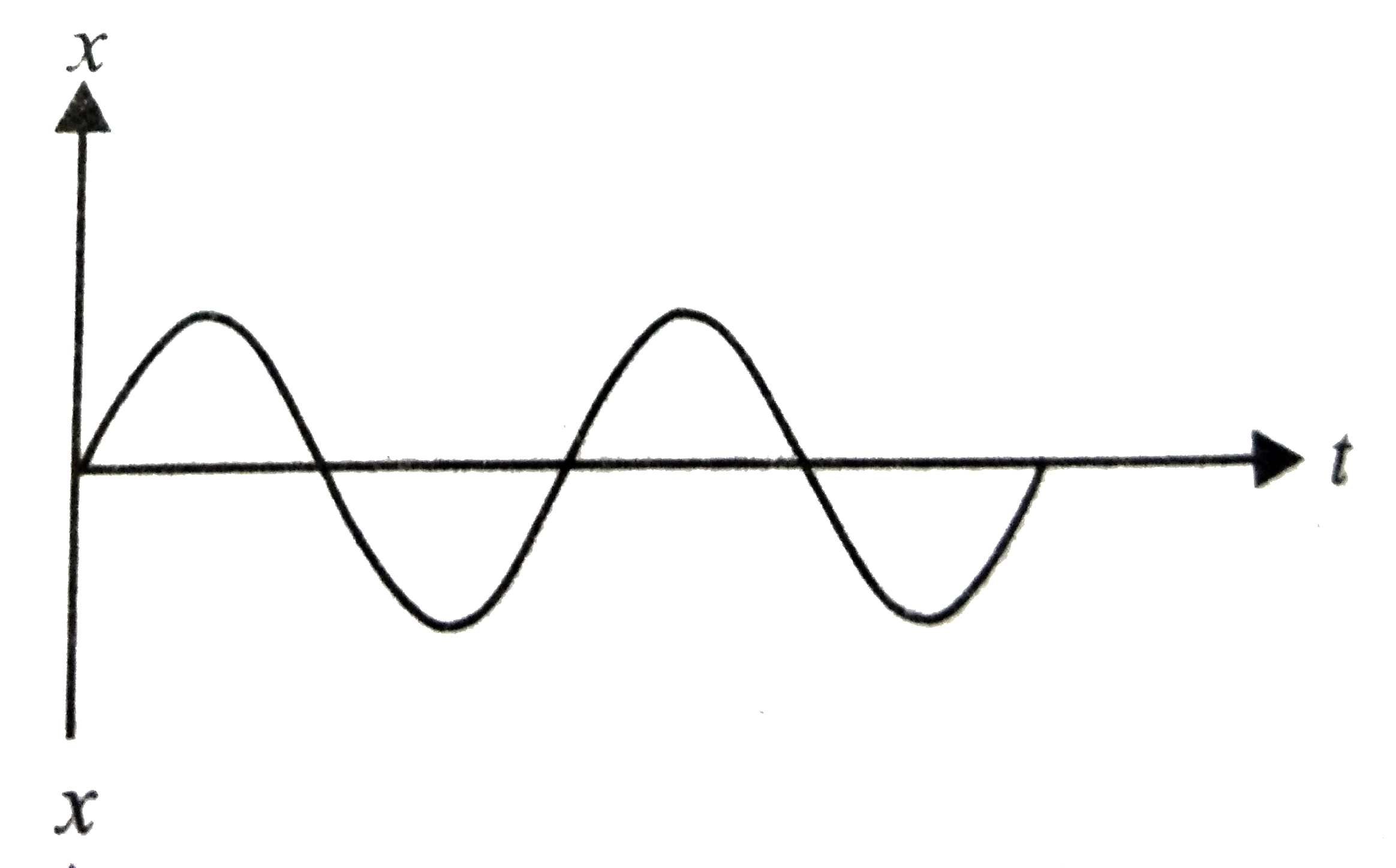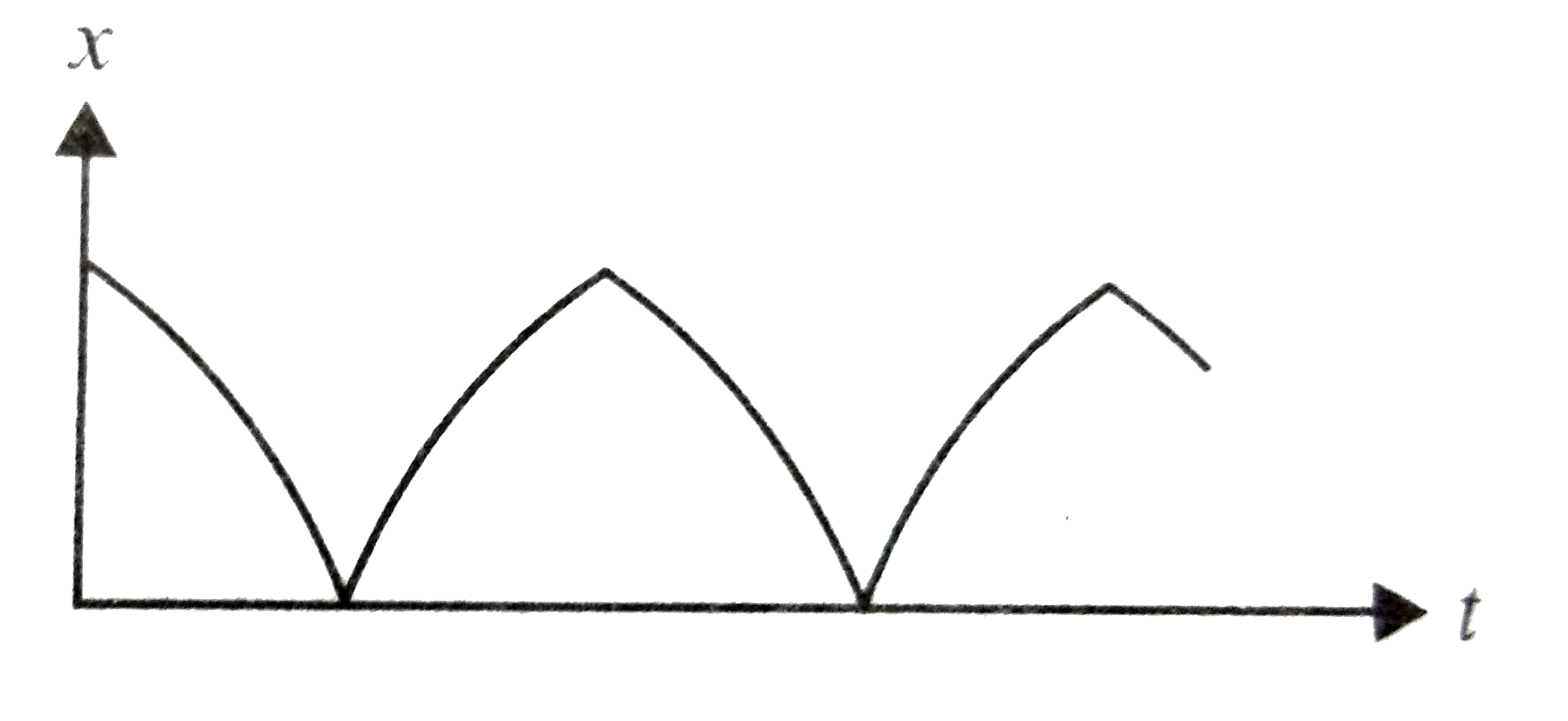Which of the following does not reflect periodicity of elements ?
Bonding behaviour
EN
IE
Neutron/proton ratio
The correct Answer is:D
To determine which of the following does not reflect periodicity of elements, we need to understand the concept of periodicity itself. Here’s a step-by-step solution:
1. Understand Periodicity: Periodicity refers to the repetition of properties of elements when they are arranged in increasing order of atomic number. This means that certain properties, such as electronegativity, ionization energy, and atomic radius, show a predictable pattern or trend.
Hint: Remember that periodicity is based on the arrangement of elements in the periodic table.
2. Identify Properties Related to Periodicity: Properties that reflect periodicity are generally those that depend on the electronic configuration of the elements. This includes:
- Electronegativity
- Ionization energy
- Atomic radius
Hint: Focus on properties that are influenced by the arrangement of electrons in an atom.
3. Consider the Neutron-Proton Ratio: The neutron-proton ratio is a property that relates to the nucleus of an atom. It is not directly influenced by the electronic configuration of the element and does not show a predictable pattern across the periodic table.
Hint: Think about whether the property is related to the nucleus or the electrons when determining periodicity.
4. Conclusion: Since the neutron-proton ratio does not reflect periodicity (as it is related to the nucleus and not the electronic configuration), it is the correct answer to the question.
Final Answer: The property that does not reflect periodicity of elements is the Neutron-Proton ratio.
- Electronegativity
- Ionization energy
- Atomic radius
Topper's Solved these Questions
- PERIODIC CLASSIFICATION OF ELEMENTS AND GENERAL INORGANIC CHEMISTRYBOOK - CENGAGE CHEMISTRY ENGLISHCHAPTER - PERIODIC CLASSIFICATION OF ELEMENTS AND GENERAL INORGANIC CHEMISTRYEXERCISE - Exercises (Singlecorrect) Atomic And Ionic Radii
15 Videos
- PERIODIC CLASSIFICATION OF ELEMENTS AND GENERAL INORGANIC CHEMISTRYBOOK - CENGAGE CHEMISTRY ENGLISHCHAPTER - PERIODIC CLASSIFICATION OF ELEMENTS AND GENERAL INORGANIC CHEMISTRYEXERCISE - Exercises (Single Correct) Ionisation Energy (Ie)
31 Videos
- PERIODIC CLASSIFICATION OF ELEMENTS AND GENERAL INORGANIC CHEMISTRYBOOK - CENGAGE CHEMISTRY ENGLISHCHAPTER - PERIODIC CLASSIFICATION OF ELEMENTS AND GENERAL INORGANIC CHEMISTRYEXERCISE - Exercises (Multiple Correct) Miscellaneous
21 Videos
- P-BLOCK GROUP 14 - CARBON FAMILYBOOK - CENGAGE CHEMISTRY ENGLISHCHAPTER - P-BLOCK GROUP 14 - CARBON FAMILYEXERCISE - Exercises Archives (Subjective)
9 Videos
- PURIFICATION OF ORGANIC COMPOUNDS AND QUALITATIVE AND QUANTITATIVE ANALYSISBOOK - CENGAGE CHEMISTRY ENGLISHCHAPTER - PURIFICATION OF ORGANIC COMPOUNDS AND QUALITATIVE AND QUANTITATIVE ANALYSISEXERCISE - Assertion Reasoning Type
5 Videos
Similar Questions
Knowledge Check
Which of the following x-t graphs does not represent periodic motion?
A B
B C
C D
D
Which of the following elements does not show allotropy ?
A1. NitrogenB2. BismuthC3. AntimonyD4. Arsenic
Which of the following does not belong to 3d series of transition elements?
View SolutionWhich of the following elements does not show alltropy?
View SolutionAn element of atomic number 29 belongs to which of the following block of the periodic table ?
View SolutionWhich of the following elements does not lose an electron easily ?
View SolutionWhich of the following pair of elements belongs period of the periodic table ?
View SolutionWhich of the following is the outermost shell for elements of period 2 ?
View Solution
